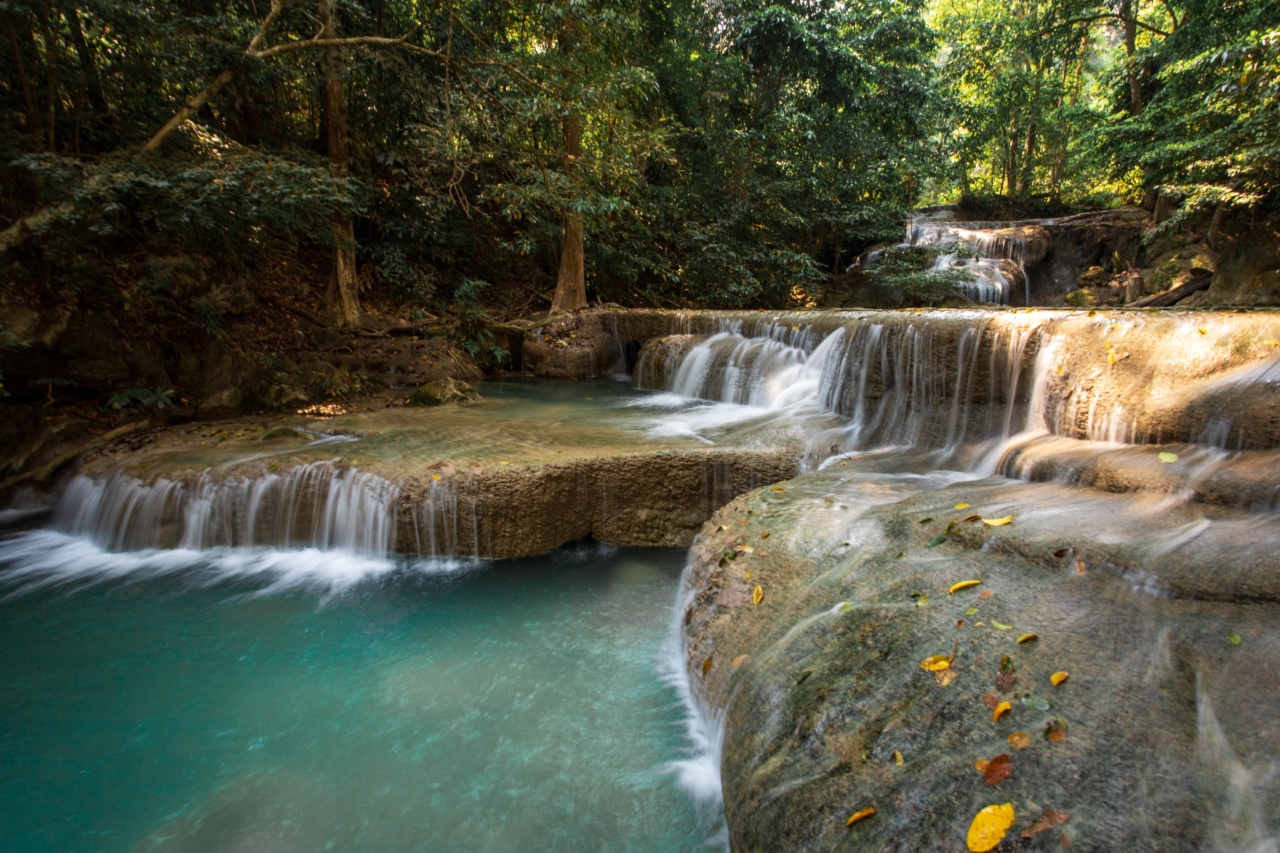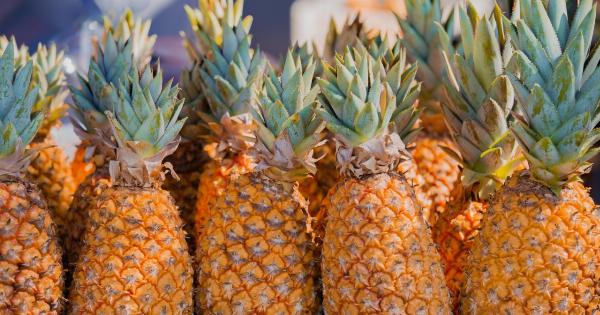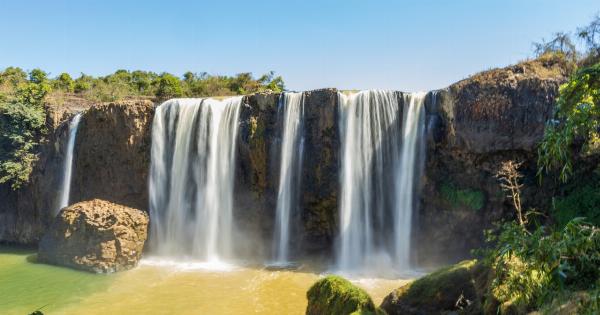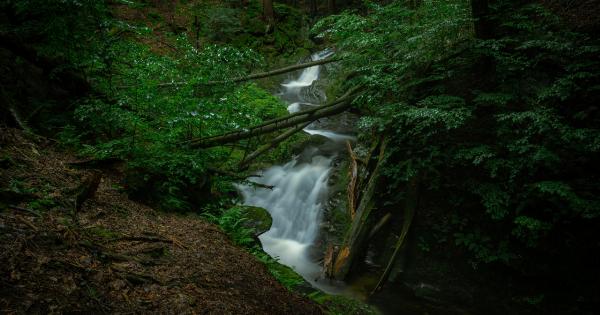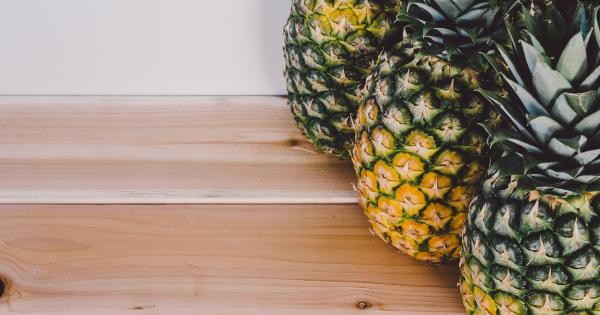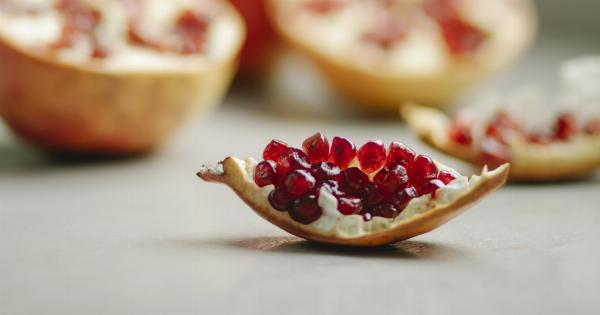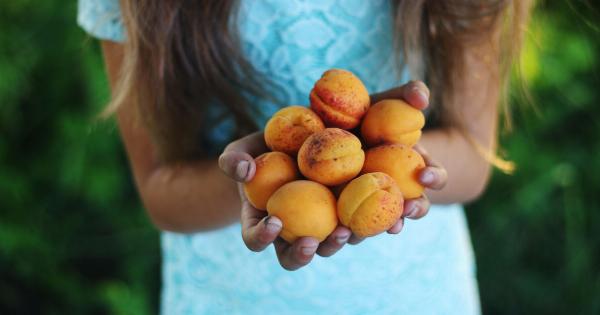The natural world is full of wonders and surprises, and one such marvel is the ability of tropical fruits to shield against waterfall formation.
It may sound strange, but certain tropical fruits possess unique properties that enable them to resist and repel the formation of waterfalls in their vicinity. This fascinating phenomenon has puzzled scientists for years and continues to amaze nature enthusiasts around the globe.
The Science Behind the Phenomenon
To comprehend how tropical fruits act as shields against waterfall formation, we must delve into the underlying science. It primarily revolves around the interaction between the fruits’ skin and the force of falling water.
While many fruits have a smooth exterior, tropical fruits have evolved to develop specialized textures and patterns on their skin surface, which play a crucial role in their waterfall-defying abilities.
The Role of Surface Patterns
The intricate patterns found on the skin of tropical fruits serve as the first line of defense against waterfall formation. These patterns disrupt the cohesion of flowing water, preventing it from gathering momentum and forming a waterfall.
The irregularities on the fruit’s surface create minuscule eddies and turbulence, breaking up the smooth flow of water and dispersing it in various directions.
The Hydrophobic Nature of Tropical Fruit
Another essential aspect of tropical fruits’ waterfall-shielding capabilities lies in their hydrophobic properties.
The skin of these fruits contains natural waxes and oils that repel water, making it challenging for droplets to accumulate and cascade downwards. Instead of clinging to the fruit’s surface, water droplets slide off, unable to gather enough mass to form a waterfall.
The Impact of Tropical Fruit Density
Tropical fruits also owe their ability to prevent waterfall formation to their density. These fruits tend to have dense flesh, which acts as an additional barrier against water accumulation.
The dense composition of the fruit restricts the penetration of water into its core, effectively mitigating the possibility of waterfall formation.
Specific Tropical Fruits with Waterfall-Shielding Traits
While various tropical fruits possess attributes that aid in shielding against waterfall formation, some stand out for their exceptional capabilities. Let’s explore a few of these remarkable fruits:.
1. Durian
Durian, known as the “king of fruits,” boasts a unique combination of surface patterns and hydrophobicity, making it a formidable opponent to waterfall formation.
Its spiky exterior and naturally occurring oils ensure that cascading water is kept at bay.
2. Mangosteen
Mangosteen, with its smooth, yet slightly bumpy skin and high oil content, prevents water from gathering and forming waterfalls. Its skin texture disrupts the flow of water, while the hydrophobic oils repel droplets, keeping them from aggregating.
3. Rambutan
The vibrant and hairy exterior of rambutan acts as a highly effective shield against waterfall formation. Its dense hair-like spikes create turbulence, scattering water droplets and inhibiting the formation of a cascading flow.
4. Jackfruit
Jackfruit, with its distinctive exterior texture comprising of small, cone-shaped spines, discourages the formation of waterfalls.
These spines create eddies and disturbances in the water flow, preventing the cohesive force required for waterfall formation.
The Importance of Preserving Tropical Fruit Habitats
The remarkable waterfall-shielding abilities of tropical fruits not only astound us but also emphasize the importance of preserving their natural habitats.
As rapid deforestation and climate change threaten these ecosystems, the loss of these unique fruits could have cascading effects on the environment and disrupt the delicate balance they uphold.
Conclusion
The peculiar ability of certain tropical fruits to shield against waterfall formation is a testament to the wonders of nature.
Through intricate surface patterns, hydrophobic properties, and dense compositions, these fruits defy the forces of gravity and prevent waterfalls from taking shape. However, these incredible traits also remind us of the fragility of tropical fruit habitats and the need to protect and conserve them for future generations.
